
Wentworth Park commenced life as a creek and swamp variously known, from the 1830s, as Blackwattle Cove, Swamp, Brook etc. Between the 1830s and 1860 various noxious industries were established along the shore, including, in particular, abattoirs and boiling down works. The pollution from these works so befouled the swamp that, even after the removal of these establishments from the area, the local council lobbied to have the area filled in because of the stench that continued to rise from the water and mud.
Infilling of the creek and head of the swamp commenced in 1876 and continued until 1880. Silt dredged from the harbour was used to carry out the process and numerous sea walls and dykes were constructed as part of the program.
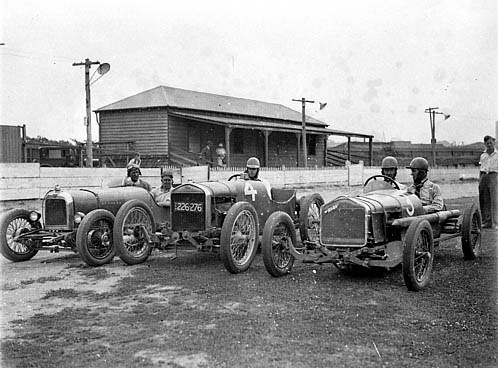
When the area was filled Trustees were appointed to manage the new Park and a competition was announced to design the new facility. After numerous complaints regarding the management of this competition the construction commenced and, by 1882, opinion had turned favourably to the new ovals, greens, paths, lakes and other facilities offered in the Park, now named Wentworth after the politician of the same name.
Throughout the 1880s and 1890s the Park came to serve as a focus for community activities including concerts, celebrations, moving pictures and, in particular, sport.
The commencement of hostilities for World War I led to a downturn in patronage of the Park’s amenities although community functions, such as stretcher drills and polling, were carried out here. The main effect of World War I was the introduction of a large number of timber sheds used to store wool for the war effort. These sheds lingered on at the Park for a number of years after the war.
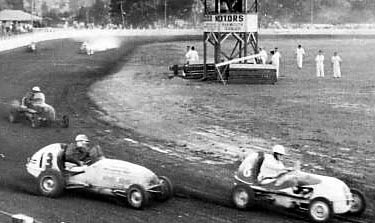
The early years of the twentieth century saw the beginning of the removal of the nineteenth century landscape features. The lakes were removed in 1910 and the construction of the wool sheds led to the removal of the northern sports ground. During this period the railway also contributed to this trend; the rail was run through the Park on a viaduct thereby cutting off the northern end of the Park.
After the war the Trustees began to experience serious financial difficulties; income was limited and expenses were consderable. Many avenues were explored
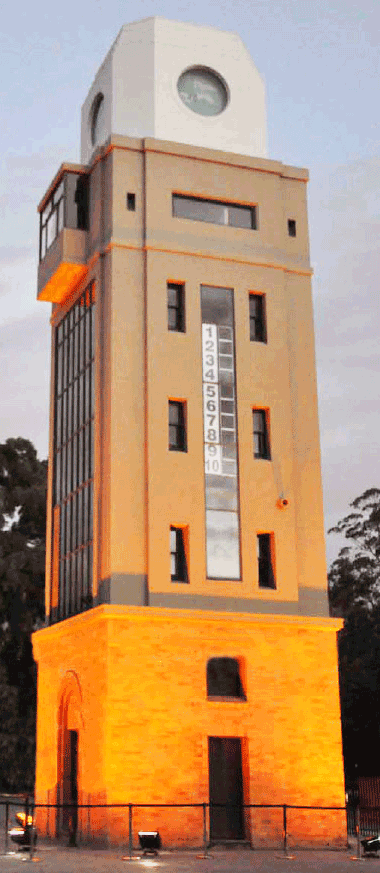
to remedy the situation including speedway proposals, tin hare coursing, fun park proposals and the lease and sale of various sections of the Park. Naive handling of these arrangements, as well as the onset of the Depression, led to the eventual failure of most of these enterprises and one legal case.
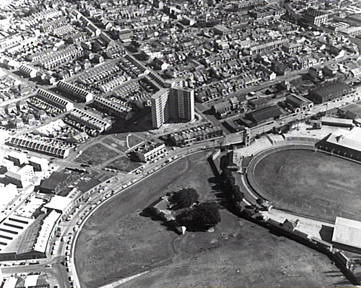 The speedway, however, did get off the ground and continued through to the 1930s.
The speedway, however, did get off the ground and continued through to the 1930s.
In 1932 greyhounds made their first appearance at the Park and from then onwards the facilities supporting this activity assumed greater importance.
The commencement of World War II caused the alienation of the oval and most of the open space. It was used by the American army as a camp. They remained for the duration of the war. The rest of the park was again taken over by Wool Stores. The only section remaining in direct control of the Trust was the playground associated with a kindergarten established in 1916.
After the war the Trust acted to remove the Wool Stores and re-landscape the area. This was not successfully completed until the 1950s. Meanwhile, the Park facilities continued to decline with rooms and amenities created in the infilled viaduct arches thus compromising the architectural integrity of the structure.
Throughout the 1880s and 1890s the Park came to serve as a focus for community activities including concerts, celebrations, moving pictures and, in particular, sport.
The commencement of hostilities for World War I led to a downturn in patronage of the Park’s amenities although community functions, such as stretcher drills and polling, were carried out here. The main effect of World War I was the introduction of a large number of timber sheds used to store wool for the war effort. These sheds lingered on at the Park for a number of years after the war.

The early years of the twentieth century saw the beginning of the removal of the nineteenth century landscape features. The lakes were removed in 1910 and the construction of the wool sheds led to the removal of the northern sports ground. During this period the railway also contributed to this trend; the rail was run through the Park on a viaduct thereby cutting off the northern end of the Park.
After the war the Trustees began to experience serious financial difficulties; income was limited and expenses were consderable. Many avenues were explored
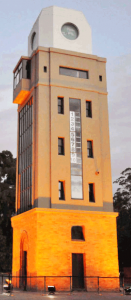
to remedy the situation including speedway proposals, tin hare coursing, fun park proposals and the lease and sale of various sections of the Park. Naive handling of these arrangements, as well as the onset of the Depression, led to the eventual failure of most of these enterprises and one legal case.
 The speedway, however, did get off the ground and continued through to the 1930s.
The speedway, however, did get off the ground and continued through to the 1930s.
In 1932 greyhounds made their first appearance at the Park and from then onwards the facilities supporting this activity assumed greater importance.
The commencement of World War II caused the alienation of the oval and most of the open space. It was used by the American army as a camp. They remained for the duration of the war. The rest of the park was again taken over by Wool Stores. The only section remaining in direct control of the Trust was the playground associated with a kindergarten established in 1916.
After the war the Trust acted to remove the Wool Stores and re-landscape the area. This was not successfully completed until the 1950s. Meanwhile, the Park facilities continued to decline with rooms and amenities created in the infilled viaduct arches thus compromising the architectural integrity of the structure.
The Trust in an effort to provide funding entered into a lease agreement with the New South Wales National Coursing Association (NCA) in 1939. The lease continued until 1985, when the NCA elected to consolidate its activities at its Newcastle Complex thus ending a 70 year relationship with Wentworth Park.
By the 1970s large crowds attended race meetings and the outer park was utilised extensively for car parking, a practice that in later years would divide local opinion. The NCA undertook construction of a large grandstand to accommodate what they envisaged would be the continued expansion of patronage. As it turned out, the decision proved unwise and was the catalyst for significant change in fortune for the NCA and the start of a new direction for Wentworth Park. The ramifications continue today.
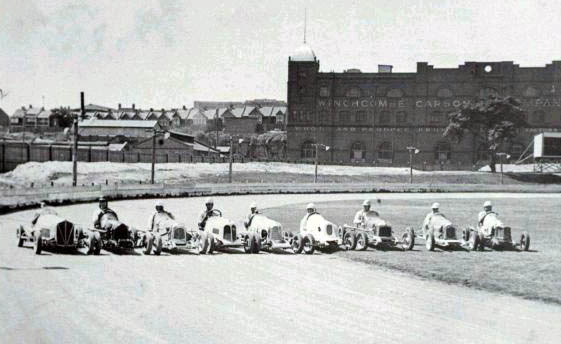
In the mid 1980s construction costs for the new grandstand blew out resulting in a financial rescue package being provided through the Racecourse Development Fund, a TAB administered fund. A further consequence was that the Government moved the NSW Greyhound Breeders, Owners & Trainers Association (GBOTA), who at that time were racing at nearby Harold Park, into Wentworth Park to share the Complex and running costs. The lease previously held by the NCA was at this time terminated and the Trust and the racing associations entered into a Licence Deed.
The Trust in an effort to provide funding entered into a lease agreement with the New South Wales National Coursing Association (NCA) in 1939. The lease continued until 1985, when the NCA elected to consolidate its activities at its Newcastle Complex thus ending a 70 year relationship with Wentworth Park.
By the 1970s large crowds attended race meetings and the outer park was utilised extensively for car parking, a practice that in later years would divide local opinion. The NCA undertook construction of a large grandstand to accommodate what they envisaged would be the continued expansion of patronage. As it turned out, the decision proved unwise and was the catalyst for significant change in fortune for the NCA and the start of a new direction for Wentworth Park. The ramifications continue today.In November 2008 the NCA terminated its Licence pursuant to Clause 23A of the Deed to relocate its racing operation to Newcastle. The termination ended a 70 year history of racing at Wentworth Park by NCA and represents a milestone in the story of Glebe. The Club was responsible for the introduction of greyhound racing to Sydney and in particular the association of the sport with Wentworth Park. Under various lease arrangements the NCA was responsible for construction of heritage buildings within the Complex as well as the current grandstand. The Licence continues today with the GBOTA as sole licensee. The NCA has since discontinued its racing operation.
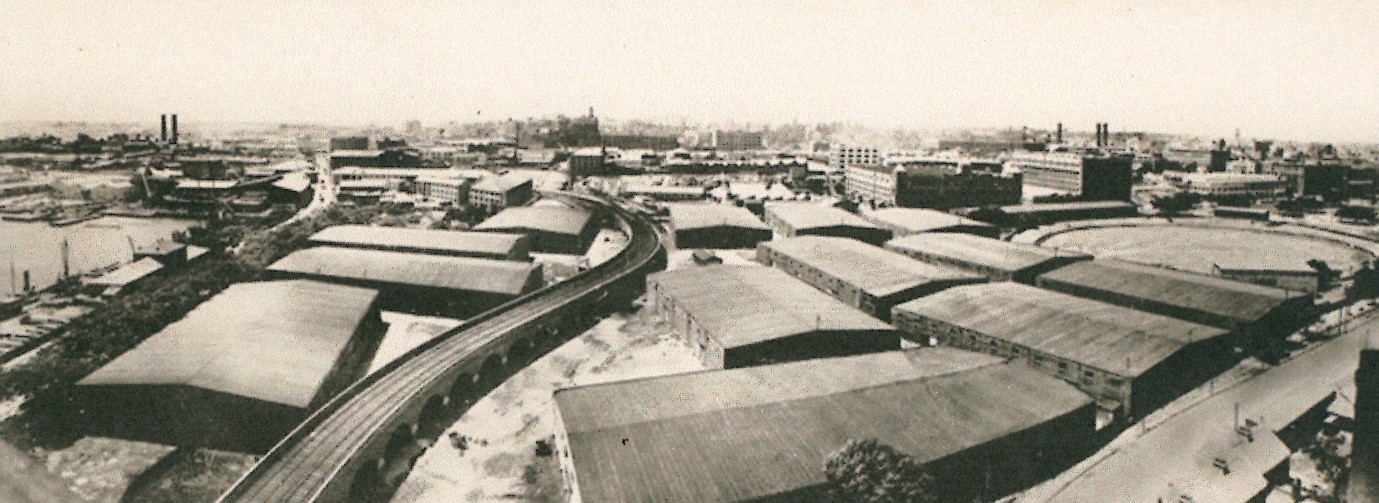
Since 1991 the upper levels of the grandstand have been fitted out as office accommodation, originally to house the Department of Sport and Recreation and more recently under lease to educational, examination, testing and computer software development organisations as well as the GBOTA.
Currently, as well as greyhound racing, the Complex is utilised for soccer, rugby league, rugby union, functions and community events. Local schools receive use of the facilities at no charge and the Trust encourages interaction with the community. The Complex is also used extensively for the conduct of tertiary examinations.